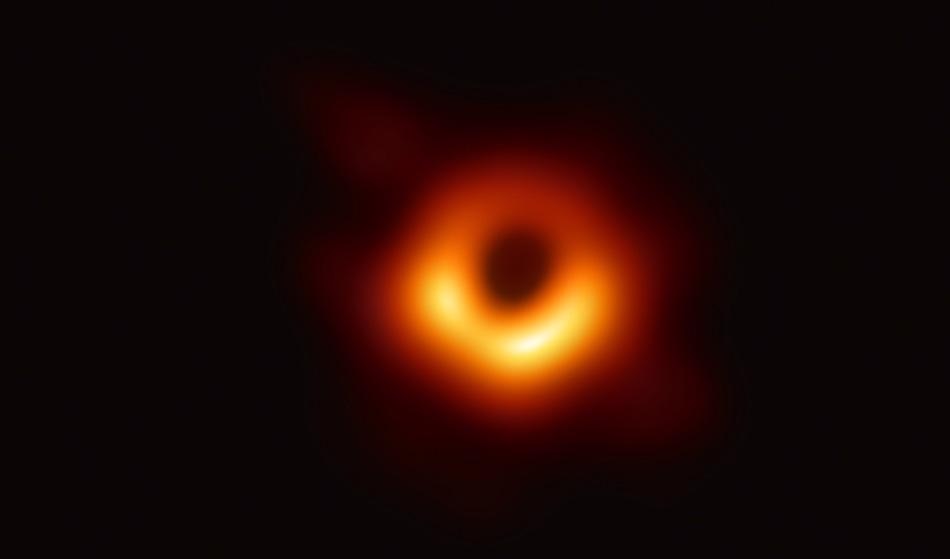On April 10, 2019, the first ever image of a black hole was shared across the world. Through the use of the Event Horizon Telescope, which is a network of eight connected telescopes, a group of researchers from Radboud University in the Netherlands were able to publish the details of this black hole discovery in a recent Astrophysical Journal Letters article.

Image Credit: NASA
What is a Black Hole?
A black hole has been described as a region of space that, while not empty, prevents the escape of any atom or molecule from this area. Black holes are comprised of a significant amount of matter that has been densely packed into a small area. The high density of black holes accounts for their immense gravitational pull in the universe to prevent even light molecules from escaping their depths.
Challenges of Imaging Black Holes
The inability of any form of matter, such as light, to escape black holes is the primary reason that telescopes, particularly those that detect x-rays, light or other forms of electromagnetic radiation, have failed to allow scientists to observe these phenomena.
As a result, traditional interpretations of the presence and appearance of black holes are from inferences made from analyzing the effect that these objects have on nearby matter. For example, if a normal star in the galaxy passes close to a black hole, their proximity alone can cause the star to be ripped to shreds as it is pulled toward the black hole. This process can cause x-ray emission that radiates into space to provide scientists with some evidence of a neighboring black hole.
The First Black Hole Image
Located in a galaxy known as M87, which is approximately 500 million trillion kilometers (km) away from Earth, the black hole that has been featured in this revolutionary image measures at 40 billion km across with a total mass that is up to 6.5 billion times greater than that of the Sun. In this image, a vivid “ring of fire,” which is said to shine brighter than any other star in the galaxy, can be seen surrounding a circular dark hole. The bright auburn aura surrounding the black hole is the result of superheated gas that has plummeted into the black hole.
First Image of a Black Hole!
Developing the Event Horizon Telescope
With support from the European Research Council, the National Science Foundation and several other international agencies, Dr. Heino Falcke transformed his ideas from the early 1990s into reality. Dr. Falcke’s knowledge that a specific type of radio emission is generated close to and all around the black hole formed the basis of his quest to develop an extremely powerful telescope capable of visualizing these objects from Earth.
Together, with a team of Harvard researchers led by Dr. Sheperd Doeleman, the Event Horizon Telescope was created. Each of the eight telescopes that make up the Event Horizon can be found at extremely high altitudes, such as on top of mountains and volcanoes, in various countries around the world. These locations include Hawaii, Mexico, Arizona, Chile and Antarctica. In addition to the M87 black hole, this cooperative team is currently imaging a supermassive black hole located at the center of the Milky Way.
The Significance of an Image
Although the concept of a black hole may seem to simple in theory, a lot of questions remain on how these massive entities can provide information on the nature of space and time, as well as the existence of the universe. By obtaining a true image of these mysterious objects, which closely matches those originally created from theoretical calculations, researchers can begin their quest to learn exactly what happens to objects that fall into a black hole, how the ring of fire is created and much more.
References
- “Black Holes” – NASA Science
- “First ever black hole image released” – BBC News
Disclaimer: The views expressed here are those of the author expressed in their private capacity and do not necessarily represent the views of AZoM.com Limited T/A AZoNetwork the owner and operator of this website. This disclaimer forms part of the Terms and conditions of use of this website.